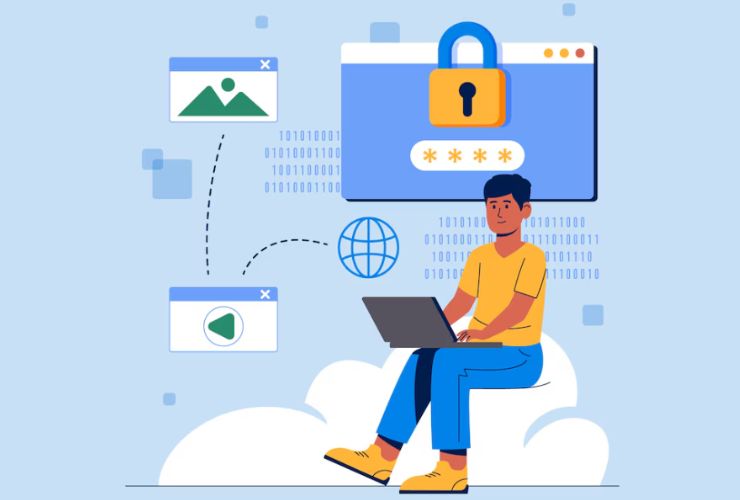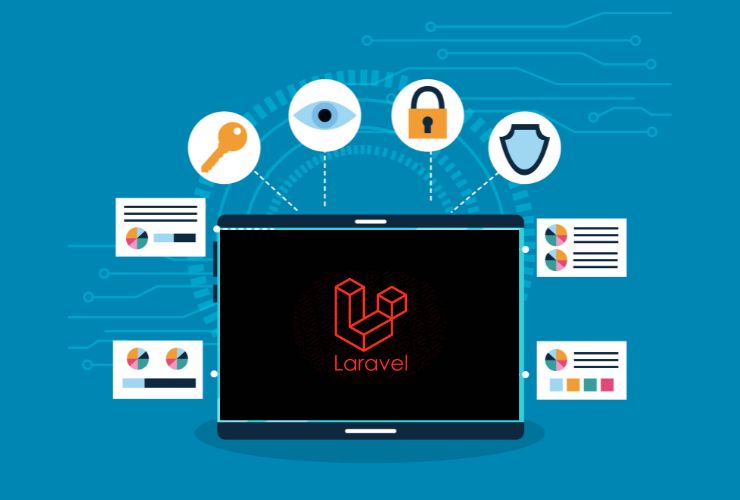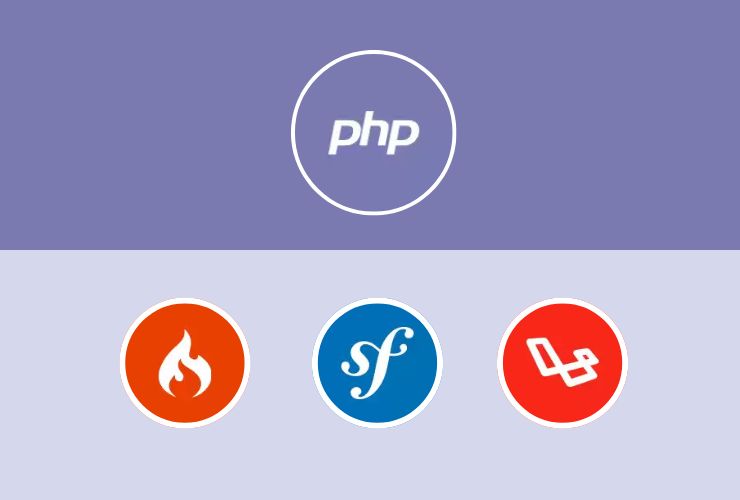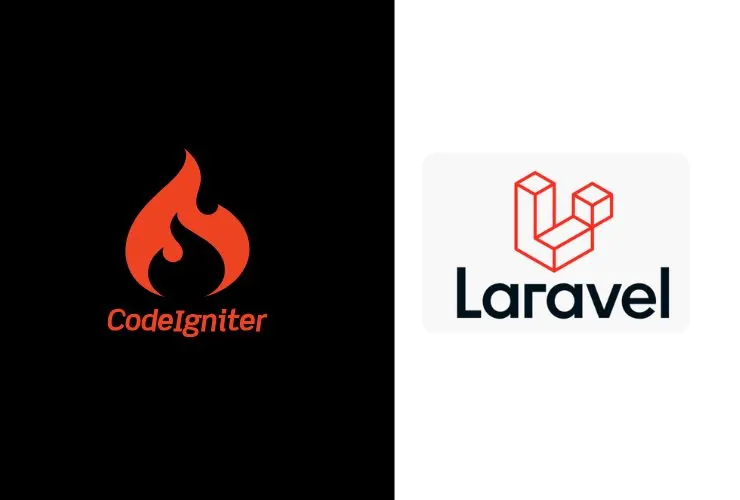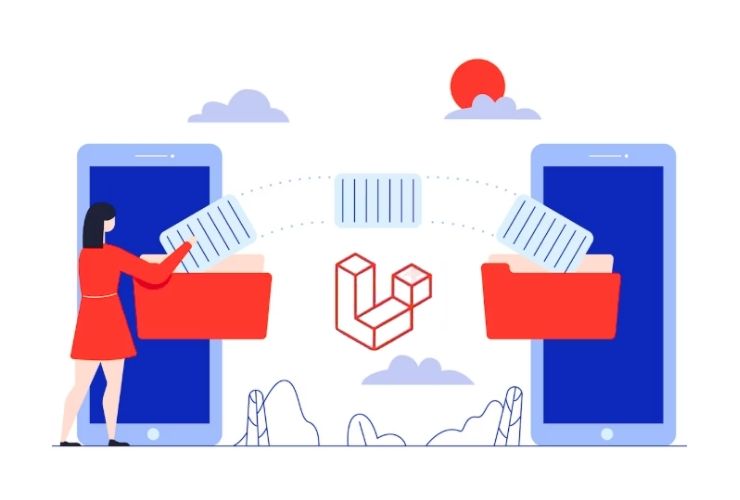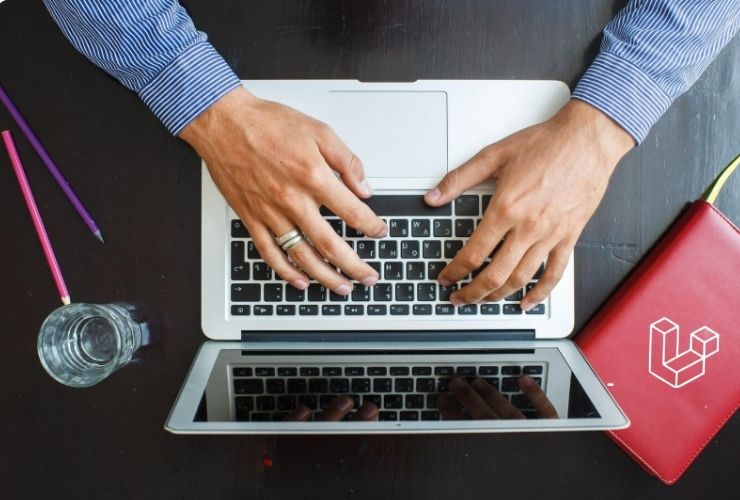Laravel is one of the most popular PHP frameworks used to develop web applications. Although it has built-in security features, developers should take extra measures to maintain their applications secure. Let’s discuss some of the essential Laravel security best practices that each developer should follow to protect their applications from some potential threats.
1. Keep Laravel Updated
Laravel is constantly pushing out new updates with security patches, bug fixes, and performance improvements. It’s essential to update your version of Laravel in order not to have known vulnerabilities; check for updates regularly and apply them so that the application remains secure.
2. Use HTTPS and SSL certificates
Another of the simplest ways to protect your Laravel application is through encryption of communications via HTTPS. Activate an SSL certificate for your domain, and this will protect sensitive data such as login credentials and personal information from being intercepted by attackers.
3. Implement Strong Authentication
Laravel offers a number of tools for using strong authentication. Use Laravel’s built-in authentication system to verify users in the right way, while for added security, make use of two-factor authentication (2FA) so that there is an additional layer of protection.
4. Protect Against SQL Injection
Laravel’s Eloquent ORM safeguards your application from SQL injection attacks automatically escapes queries. When using raw queries, never inject user input directly into SQL statements, and always use parameter binding to prevent attackers from executing malicious code.
5. Sanitize and Validate Input
Never trust user input. Laravel comes with powerful validation rules that allow you to sanitize and validate input before processing it. Use Laravel’s Request validation feature to define rules for user input and prevent harmful data from entering your system.
6. CSRF Protection
By default, Laravel provides cross-site request forgery protection. This helps protect others from taking actions in the names of logged-in users. Always use CSRF tokens in forms to ensure that it is a legitimate user requesting the form.
7. Secure File Upload
Always validate the type of file and its size before uploading to the server when giving the ability to upload files. Laravel makes use of its File validation feature to restrict file types and block large or possible harmful files from being uploaded.
8. Use Environment Variables for Sensitive Information
Do not, and never use hardcoded database credentials, API keys or encryption keys inside of the application’s code. Implement it using an.env file like Laravel does but don’t put it in any version control system.
9. Limited Requests Rates
Implement rate limiting on login routes or other sensitive endpoints to prevent brute-force attacks. Laravel has an ability that throttles requests in such a way that it allows the users to make a specified number of requests in a certain time period.
10. Encrypt Sensitive Data
Laravel provides encryption features for sensitive data such as passwords, tokens, and personal user information. Always use Laravel’s built-in encryption tools to encrypt sensitive data.
11. Regular Security Audit
Regular security audits are important. Review your application’s code, dependencies, and configurations to pinpoint vulnerabilities or areas of improvement. Use tools like Laravel’s built-in php artisan security:check to scan your project for known vulnerabilities.
Laravel is well known for providing a strong foundation in building secure web applications, but developers still need to make extra efforts to protect their apps from changing threats. Keeping your framework updated, validating user input, using HTTPS, and implementing strong authentication and encryption will reduce the likelihood of security breaches by a great deal. These best practices will help keep your application up to date and safe using Laravel.

